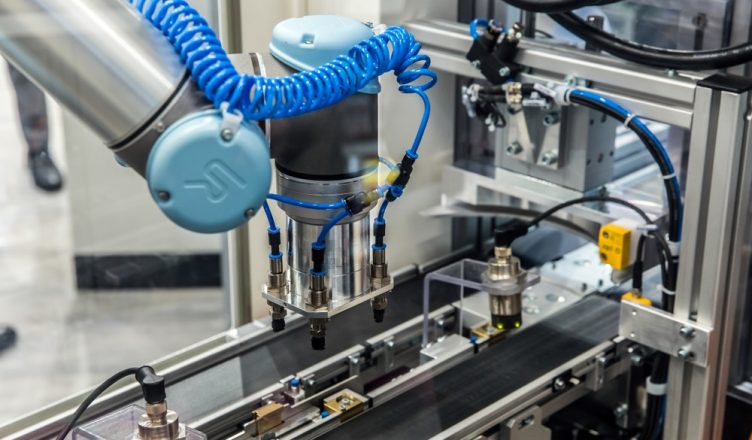As the name suggests, controlling movement. For instance, have you ever witnessed the positioning control by various motors? This involves providing electronic energy to a motor, which works and converts it into motional energy.
The investment in equipment in this field is known to gain effective growth as years are passing by.
It Depicts A Major Presence In:
- Machining tools
- Machines molding injection
- Robotic control
- Digital home electronic machines for inspection
- Semiconductor equipment used in the manufacturing process
It is considered as a field under automation that encompasses all the involved systems in machines moving parts in an efficiently controlled way. Using a computer for controlling an actuator offers users a plethora of benefits, but in this day and age, getting feedback and data has gained immense importance.
Many companies have already started to witness the advantages and the addition of sensors and feedback to a production line. In addition to this, this additional information aids in letting machines communicate with each other. Also, it helps in connecting with the internet to reap the benefits of the Industrial Internet of Things (IIOT)
In this day, Motion control includes a mixture of both electronics as well as mechanical components, which are further categorized as the following 3 analogous parts about how a human body works and operates:
| S.NO | HUMANS | MOTION CONTROL |
|
|
Senses | Sensor |
|
|
Brain | Motion controller or processor |
|
|
Joints and muscles | Actuator |
What Do You Understand By Industrial Solutions?
It can provide one a tailored system to provide his/her company with an overview of processes followed by a particular business specific to industries. Industry solution maps are known to be created to define various requirements of a single industry sector and in promising cooperation with:
- Partners
- Industry-specific groups of users
- Developmental teams
Some of the wide range of industrial solutions provided to people today is:
- Automotive
- Banking
- Mining
- Aerospace and defense
- Hospitality
- Retail
- Railway
- Logistics
Industrial solutions aim to provide various benefits, which are briefly explained below:
| S.NO | OBJECTIVE | INDUSTRIAL SOLUTION |
|
|
Unparallel business services wrt supply chain management | Training and development, strategic and business planning, warehousing, and contractor management |
|
|
Maintenance of efficiency | Risk management, performance appraisal, workforce effectiveness |
|
|
Acquisition of talent | Screening, sourcing, position placement, interviewing. |
|
|
IT and system support | HR, Safety Systems & Fleet Management Software Development & Implementation
ERP Cloud-Based Solutions |
|
|
Development of business design | Network optimization, business development, financial modeling |

